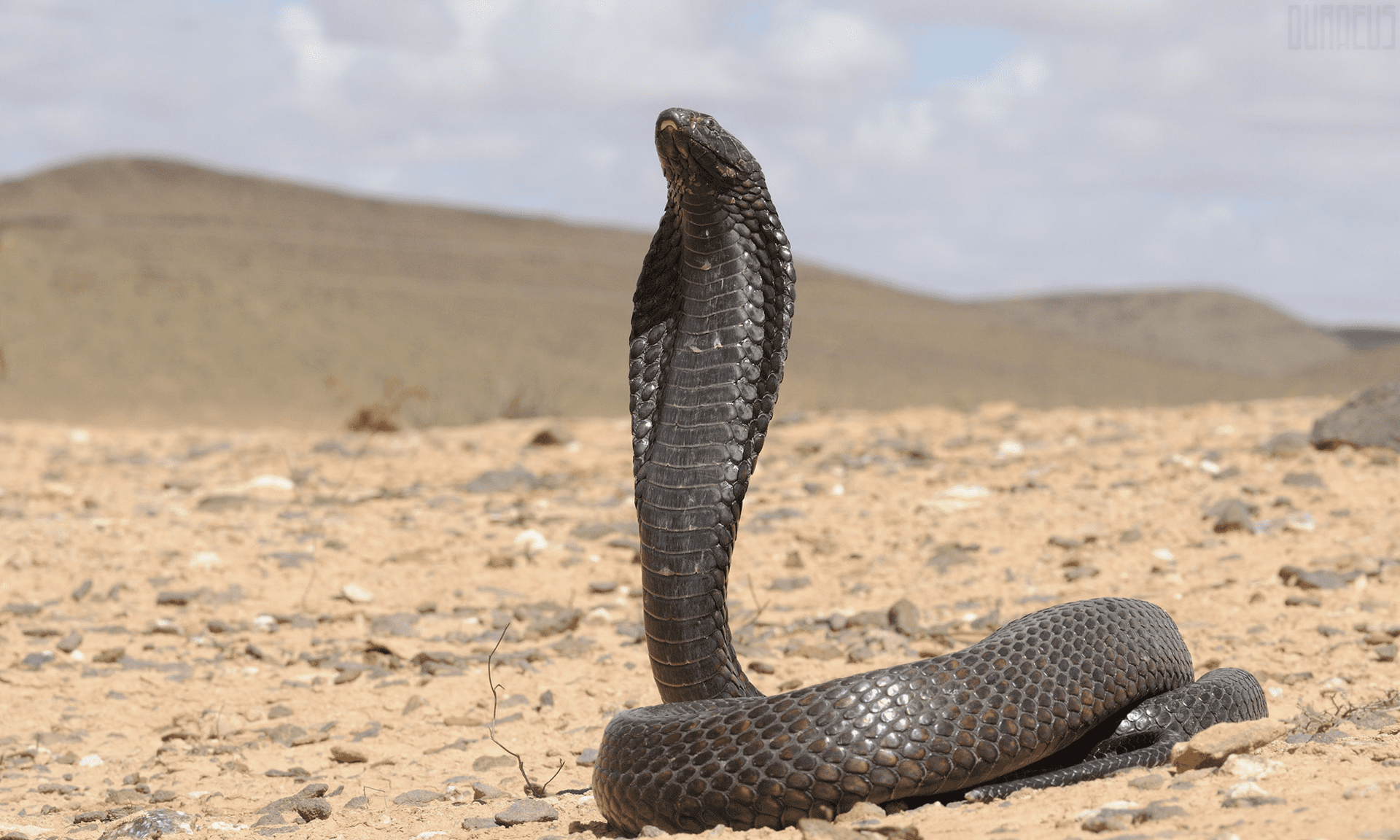Just like her tumultuous life, the death of Cleopatra VII has become the stuff of legend. So the story goes, the Queen of the Nile took her own life by forcing an asp (aka an Egyptian cobra) to bite her on either August 10 or 12, 30 BCE, after suffering a crushing defeat against the Romans at the naval Battle of Actium in Greece.
That’s one of the most popular retellings of her tragic fate, perhaps because it became cemented in the public imagination through William Shakespeare’s tragedy Antony and Cleopatra. While this play isn’t the first mention of the deadly asp bite, there are some other versions of the story where there’s no mention of snake venom.
How did Cleopatra die, according to Roman historians?
A number of contemporary writers wrote accounts of the Egyptian queen’s death. Many do say the cause of death was suicide by snakebite, but some mention the use of a toxic ointment or poison applied with a hairpin.

The Death of Cleopatra (created 1645–55) by Italian painter Guido Cagnacci. Image credit: Metropolitan Museum of Art/Public Domain
Roman historian Dio Cassius (155 to 235 CE) described the death like so: “No one knows clearly in what way she perished, for the only marks on her body were slight pricks on the arm.”
“Some say she applied to herself an asp which had been brought in to her in a water-jar or perhaps hidden in some flowers. Others declare that she had smeared a pin, with which she was wont to fasten her hair, with some poison possessed of such a property that in ordinary circumstances it would not injure the body at all, but if it came into contact with even a drop of blood would destroy the body very quietly and painlessly,” he explained.
Oddly, Dio adds that two of her handmaidens died at the same time, although it’s not clear how.
As for her lover, the Roman general Mark Antony, it’s widely agreed that he stabbed himself with his sword after mistakenly believing that Cleopatra had already died. Upon realizing she was still alive, he attempted to stand, but fell to the ground in a pool of blood, dying in Cleopatra’s arms.
Cleopatra then took her own life and the doomed pair were buried together in the same tomb.
“Thus Antony and Cleopatra, who had caused many evils to the Egyptians and many to the Romans, made war and met their death in the manner I have described; and they were both embalmed in the same fashion and buried in the same tomb,” Dio writes.

Egyptian Cobra: the snake that bit Cleopatra
Certainly, it is possible an asp was involved. The asp, aka the Egyptian cobra (Ouraeus), is one of the most venomous snakes in North Africa, and would have easily been found slithering around the city of Alexandria where the suicide is thought to have occurred.
However, it’s equally possible that the snake is symbolic, intended to portray Cleopatra as an “exotic” seductress. Cleopatra has been repeatedly sexualized in art and media across the centuries, perhaps as a result of her legendary love affair with the Roman general Mark Antony. Some have argued the serpent was a poetic device used to chime into this image of her as a mysterious femme fatale from a distant land.
Furthermore, the asp was often used as a symbol on the crown of the pharaohs. Perhaps there’s no greater irony that she used this symbol of her own power to end her own life.
Where is Cleopatra buried?
Another mystery of Cleopatra’s death is where her body was buried. Over 2,000 years have passed, but the tomb of Antony and Cleopatra has still not been found. Since there are no known physical remains of her, there are currently no scientific methods that could be used to help find out her cause of death.
That said, some archeologists such as Dr Zahi Hawass are hoping they are close to a breakthrough. In 2022, a separate team identified a 1,305-meter (4,281-foot) long tunnel just west of Alexandria that they speculated could lead to Cleopatra’s tomb. For now, however, the mystery of the tomb remains.
Source Link: How Did Cleopatra Die? The Queen Of Egypt's Death Still Mystifies